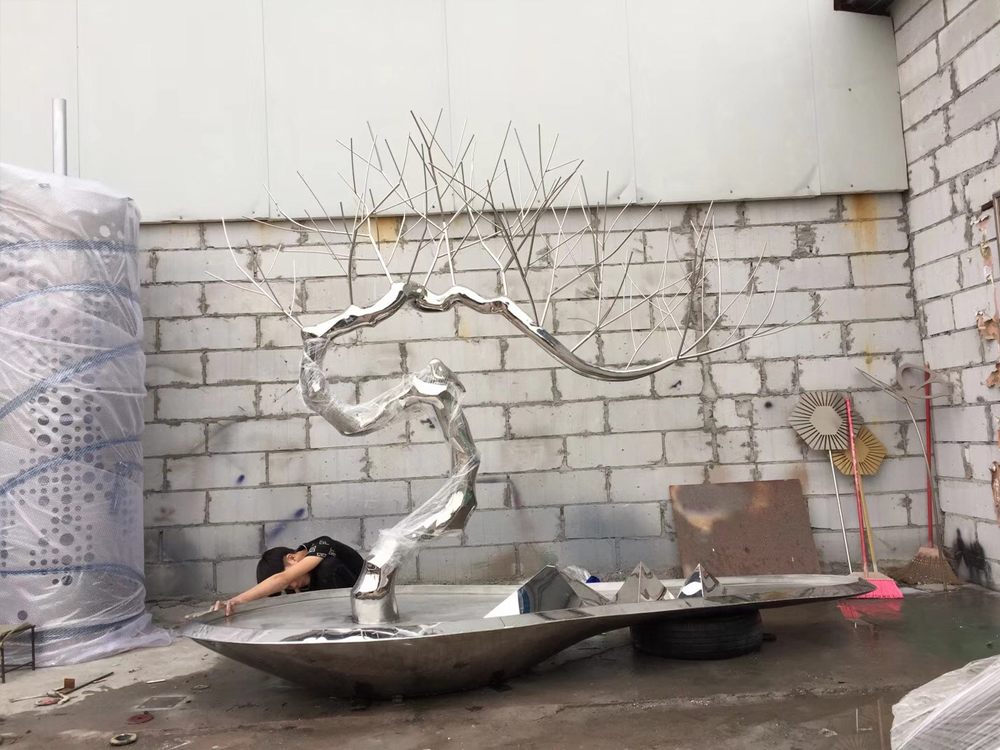
Achieving harmony between bronze sculptures and their bases is a delicate art that requires careful consideration of design, material, and aesthetic balance. Artists often begin by selecting a base that complements the sculpture’s theme and form. The base should neither overpower the artwork nor appear too insignificant, ensuring a cohesive visual relationship.
Material choice plays a crucial role. While bronze is the primary medium for the sculpture, bases may be crafted from stone, wood, or even metal to create contrast or continuity. For instance, a marble base can elevate a bronze figure’s elegance, while a weathered wood base might enhance a rustic or historical theme.
Proportion and scale are equally important. The base’s size and shape must align with the sculpture’s dimensions, creating a natural flow. Artists often use geometric principles, such as the golden ratio, to establish balance. Additionally, texture and finish—whether polished, patinated, or rough—can unify or differentiate the elements, adding depth to the composition.
Finally, contextual harmony ensures the sculpture and base resonate with their surroundings, whether in a gallery, garden, or public space. By mastering these techniques, artists transform separate components into a unified masterpiece.

